Remaginarium
(the DREAM project)
Visual Design Publication Design Typography Graphic Design Conceptual Design
Remaginarium is a publication designed around the concept and character of Dream from the graphic novel series ‘The Sandman’ written by Neil Gaiman. These series of articles and visual pieces explore this concept of and as dream.
Typographic and visual explorations delving into the character of dream and his story. I extrapolated and visualized concepts from what I took away as the essense of the character of Morpheus and all the strings of relationships connected to him and explored those concepts in images.
Dream is One of the seven Endless who embody powerful forces or aspects of the universe in the story. He is both lord and personification of all dreams and stories, all that is not in reality, which, in turn, Dream may define by his existence. He has taken many names, including Morpheus and Oneiros. his appearance can change depending on the person who is seeing him

“Things need not have happened to be true. Tales and dreams are the shadow-truths that will endure when mere facts are dust and ashes, and forgotten.”
– Neil Gaiman, Dream Country

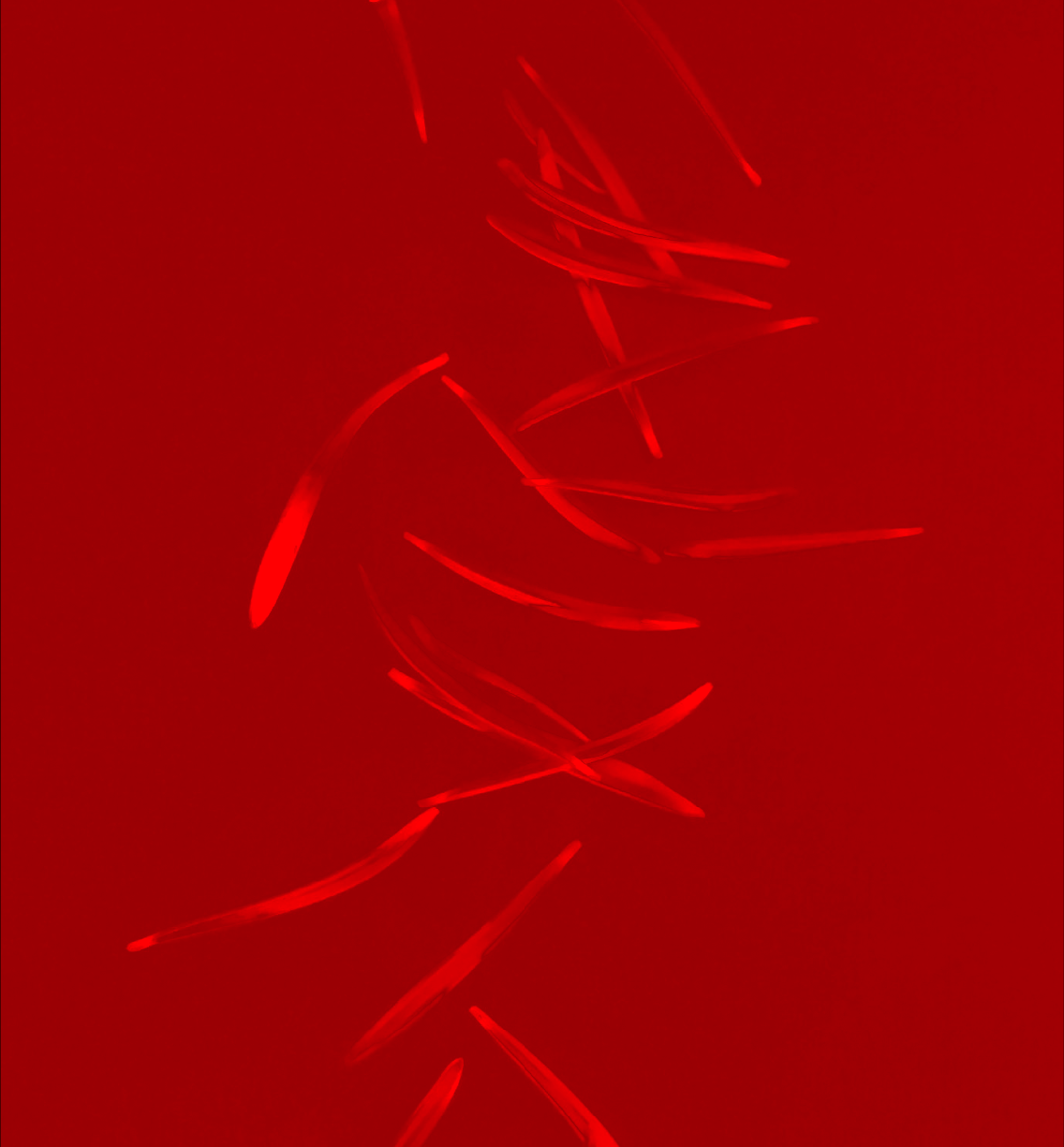

The death of Orpheus, son of Oneiros and the muse Calliope. At the end of Brief Lives, Dream finally ends his son's life. Dream emerges from Orpheus' temple, Despair and Delirium met him upon his exit, suggesting Dream's state. The blood droplets on Dream's hands struck the ground, givind birth to a new flower where they fell.
Neil Gaiman deconstructs the notion of family, be it the Endless or mortal, by emphasizing the turbulence and irruptions within; the very thing that challenges the logic of family.
Neil Gaiman deconstructs the notion of family, be it the Endless or mortal, by emphasizing the turbulence and irruptions within; the very thing that challenges the logic of family.
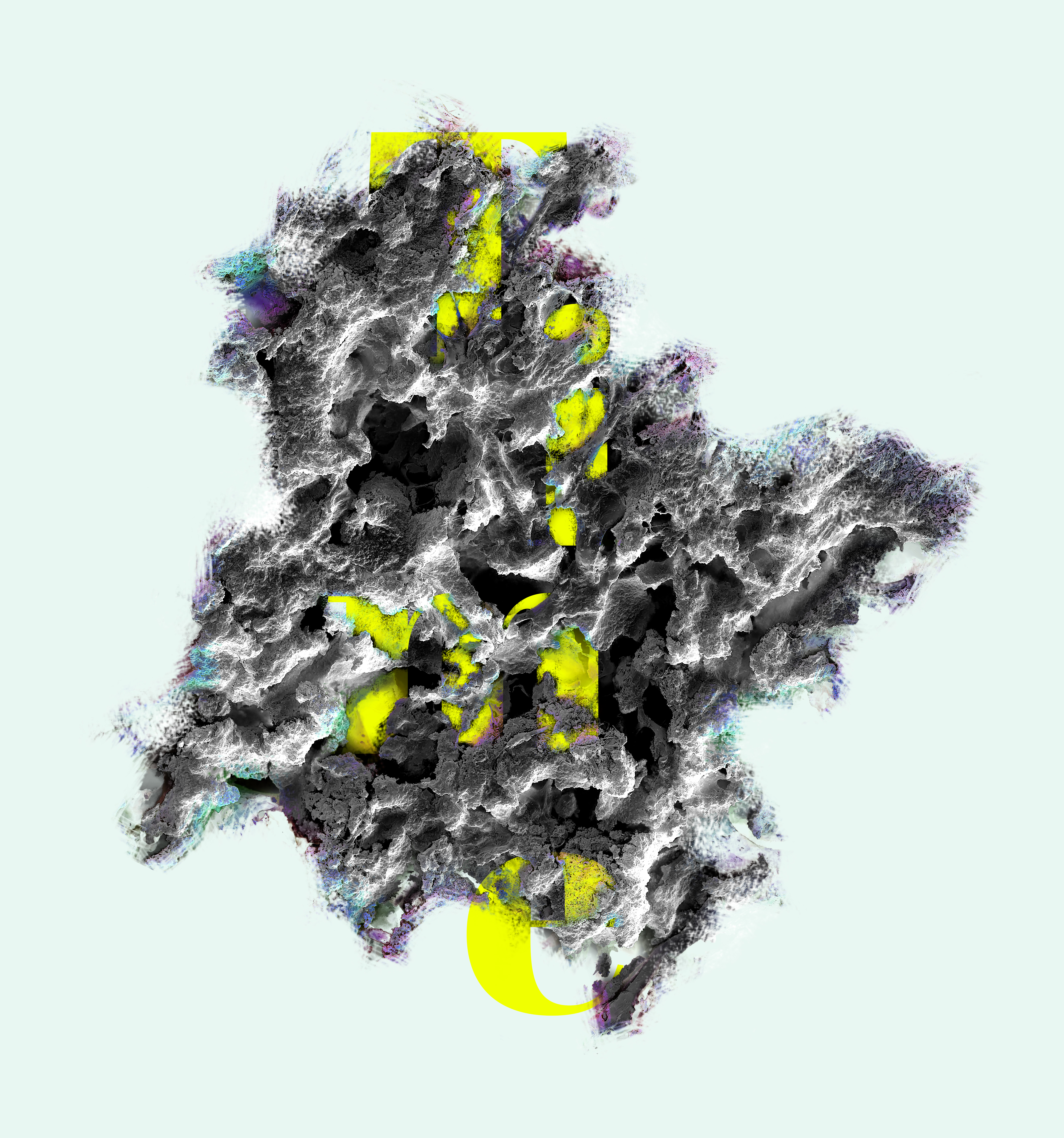
Experiencing time as one of the endless comes with it not the mortality that time ususlly gets but the endless loss and manifestations of emotions that are of a kind that needs eons to gestate.


"He's stuffy, stupid, and thinks he knows everything
and there's just something about him that gets on my nerves"
- DESIRE
- DESIRE
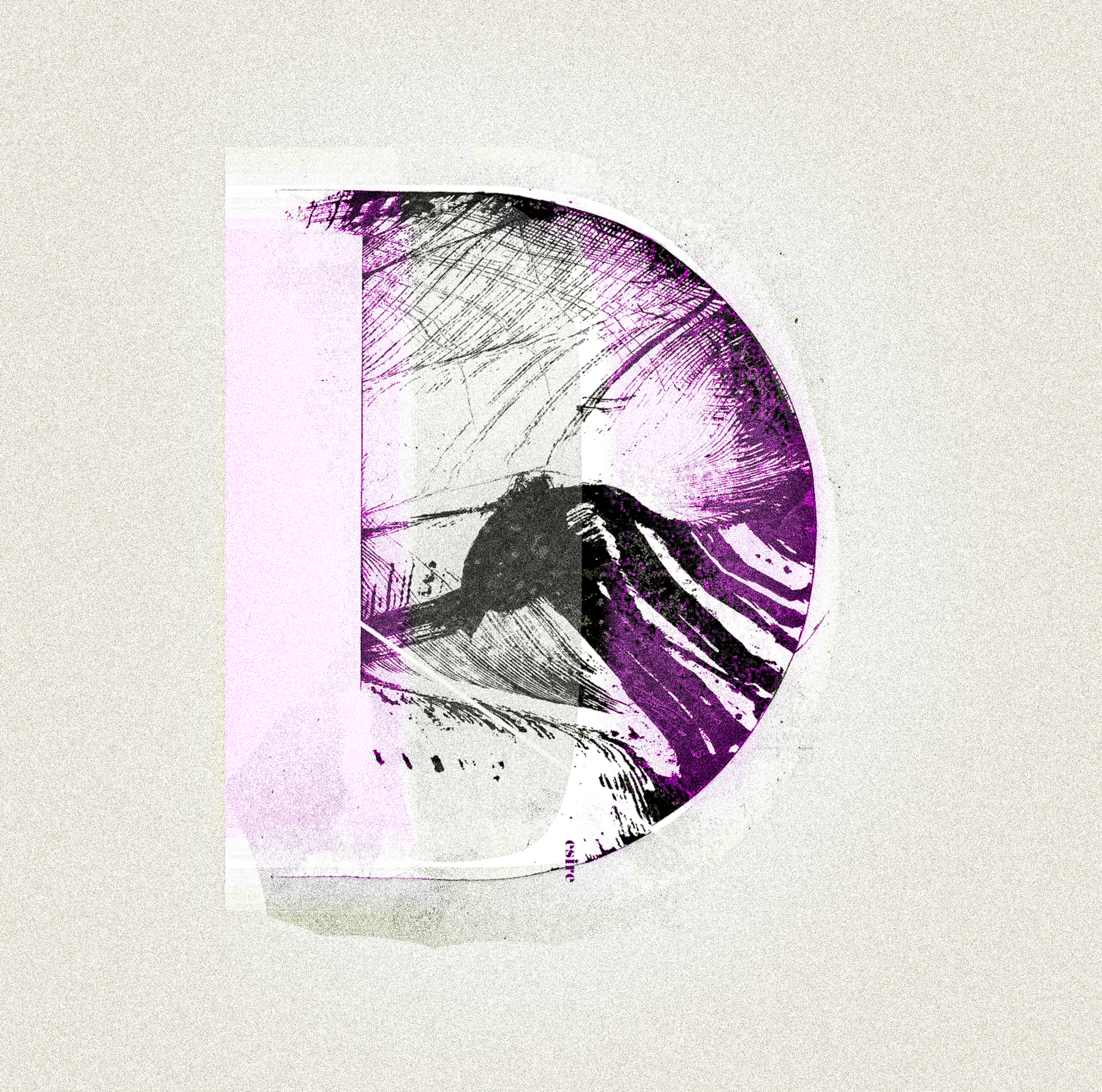

“All writers are liars my dear. Surely you must know that by now.” – Neil Gaiman, Dream Country



Dreams that betray repressed desires are subject to "dream-distortion" which must be explored by extrapolating the dream-distortion's twin strategies of condensation and displacement. One feature of condensation is brought about "by latent elements which have something in common being combined and fused into a single unity
in the manifest dream".
During displacement, a latent element is replaced not by a component part of itself but by something more remote – that is, by an allusion; and in the second, the physical accent is shifted from an important element on to another which is unimportant, so that the dream seems differently centered and strange.
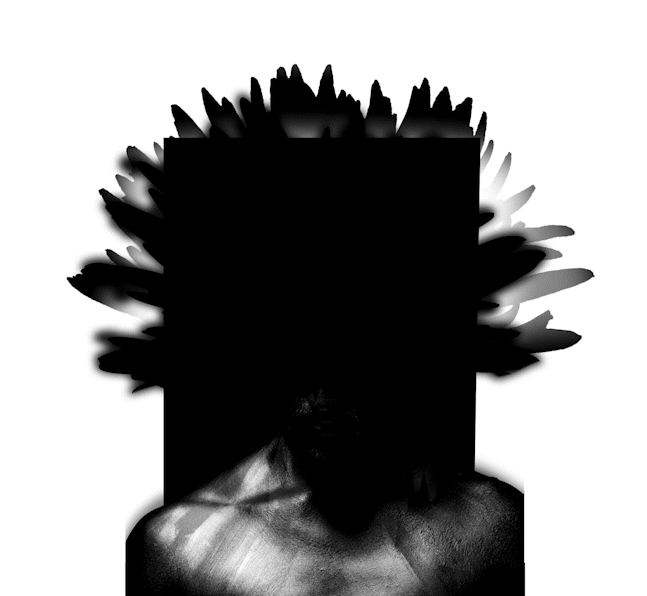

In the heterocosm of Sandman the world of dreams produces a chain of displacements which appear – at first glance – to be linear and chronological but which always reflect back upon themselves to the site of an intense difference. At this place of shifting, littoral sand the notion of center is endlessly displaced into a paradoxical plurality that forecloses the possibility of singularity and, with it, the space for originary authority.
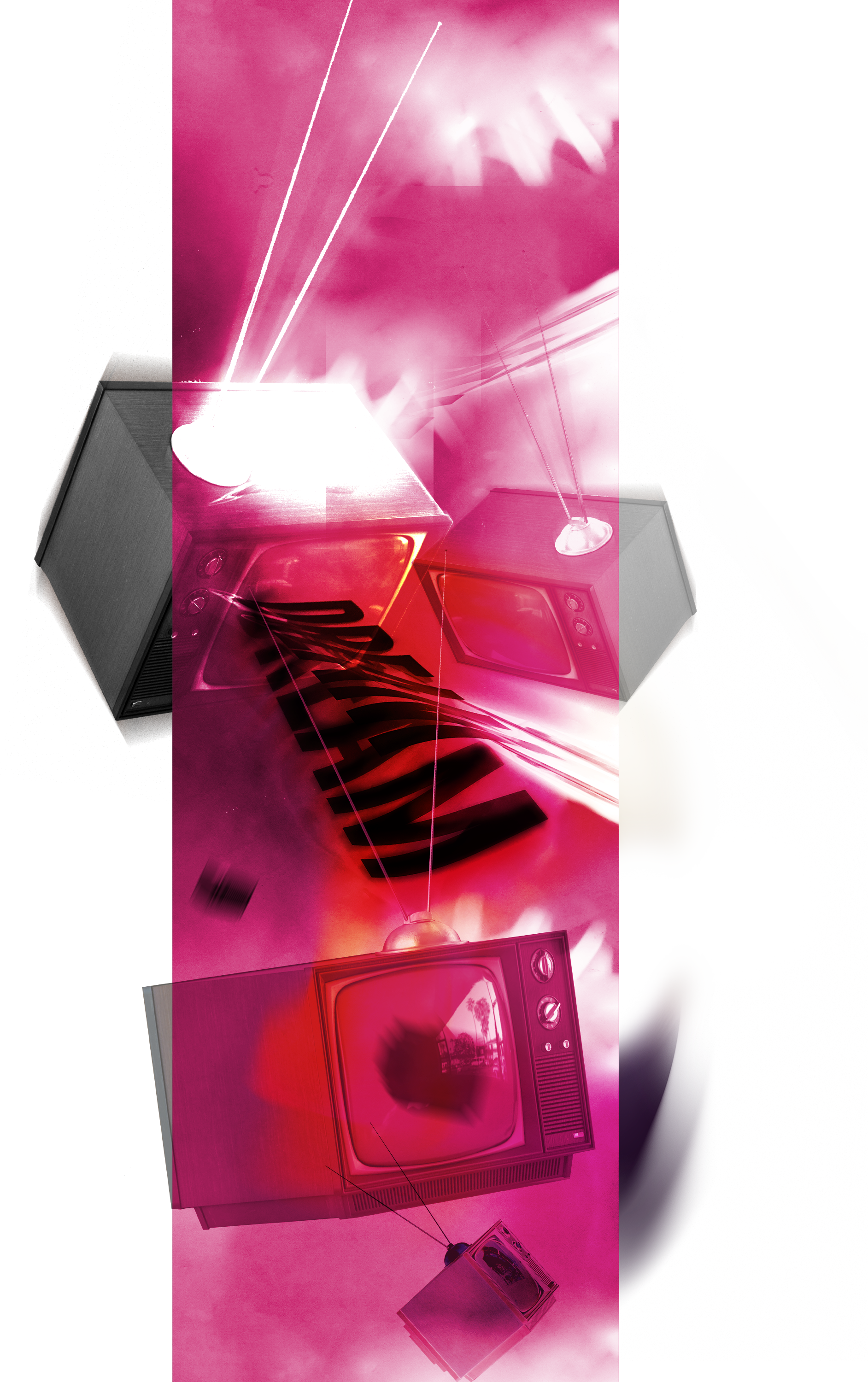
Morpheus tells Remiel that he does not see the point of hell, a conclusion that underscores his belief in binary relationships and his contradictory tendency to maintain power structures despite not believing in them. In this regard, Morpheus stands in clear contrast to Delirium, who is part-mistress, part-subject of her own pluralistic discourse and functions without any perceived sense of responsibility. Morpheus is burdened with the responsibility of maintaining a universe very similar to what Lacan calls "the symbolic order."
Dream crafted the helmet, one of the three symbols of his office and part of his power himself ages ago, sculpted from the bones of a dead god.
Dream crafted the helmet, one of the three symbols of his office and part of his power himself ages ago, sculpted from the bones of a dead god.

"the traveller is familiar with all the mythical ordeals and perils and the vertiginous succession of innumerable thresholds of time and space that they move through, from the famous 'too late' of those left behind, the archetype of all loss, the anxiety of missing one's connection.
Morpheus travels through the dreams of all consciousnesses that are asleep. The realm of dream is with in the dreamer’s consciousness just as the consciousnesses of every being that dreams enters his realm, his kingdom, The Dreaming.



SPREADS


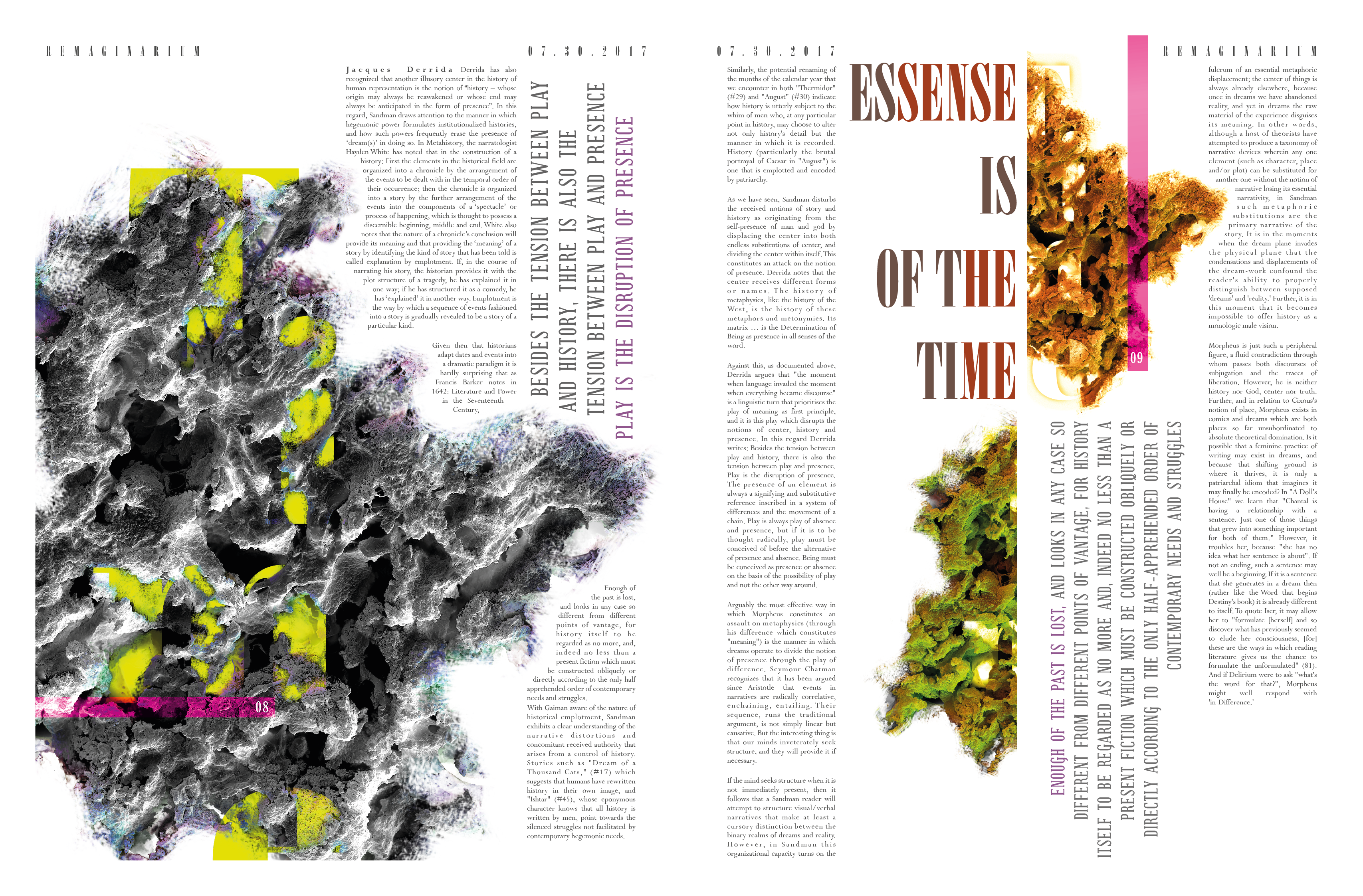




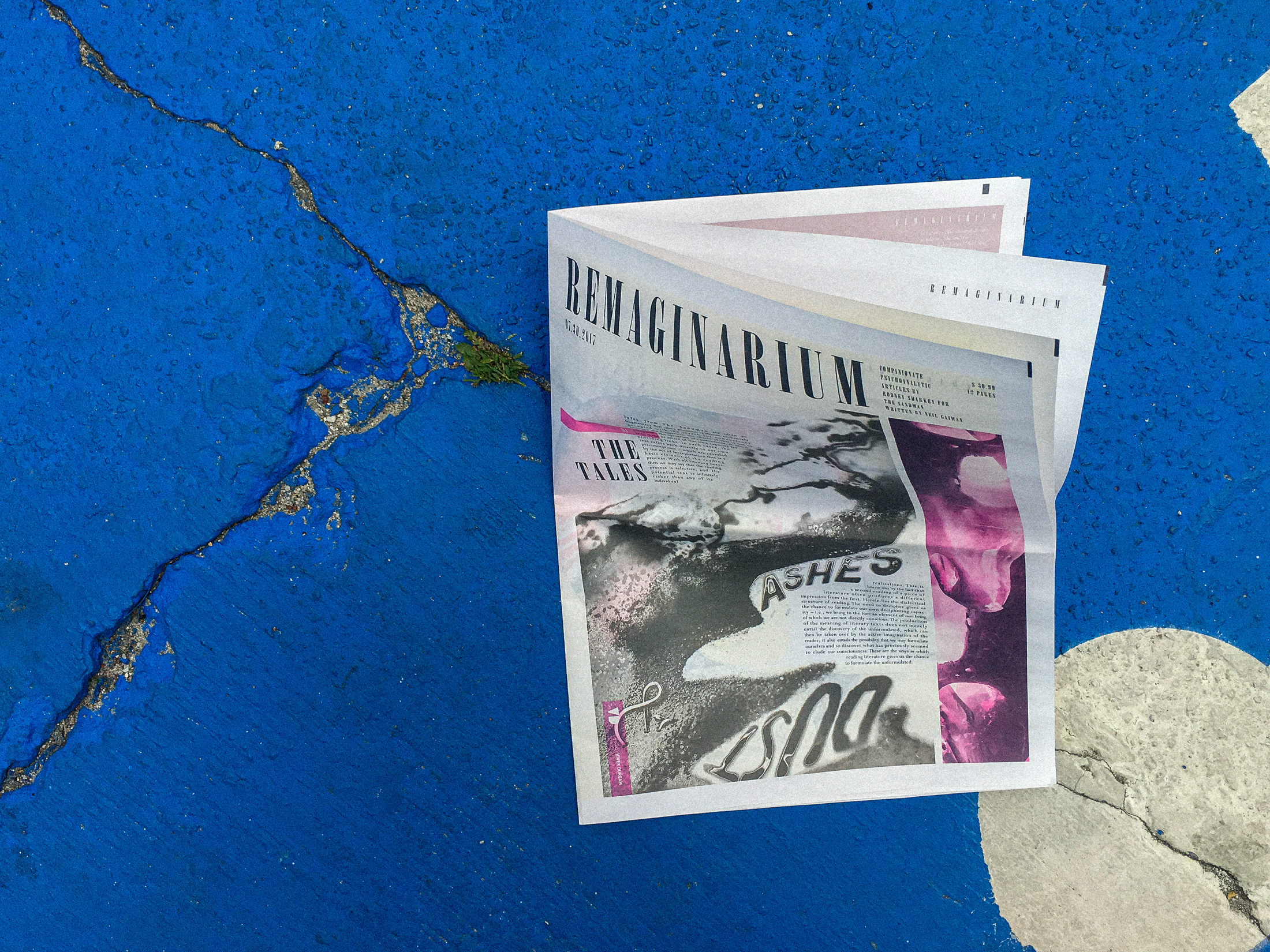
Texts cited:
Sharkey, Rodney. "'Being'Decentered in Sandman: History, Dreams, Gender, and the'Prince of Metaphor and Allusion'." ImageTexT: Interdisciplinary Comics Studies 4.1 (2008)
Lau, Justin Yi-Wei. "Echoes of Hopes: Possibilities of Redemption in Neil Gaiman’s The Sandman."
Aristotle. The Poetics of Aristotle. Trans: Stephen Halliwell. London: Duckworth, 1987.
Barker, Francis. 1642: Literature and Power in the Seventeenth Century. Essex: University of Essex, 1981.
Barzilai, Shuli. Lacan and the Matter of Origins. Stanford: Stanford UP, 1999.
Benjamin, Walter. Gesammelte Schriften. Frankfurt am Main: Suhrkamp Verlag, 1972.
Booth, Wayne C. The Rhetoric of Fiction. Chicago: U of Chicago Press, 1983.
Chatman, Seymour. Story and Discourse: Narrative Structure in Fiction and Film. New York: Cornell University Press, 1978.
Cixous, Hélène. "The Laugh of the Medusa." Trans. Keith and Paula Cohen. New French Feminisms. Ed. Elaine Marks and Isabelle de Courtivron. Brighton: Harvester Press, 1981.
Derrida, Jacques. "Différance." Trans. Gayatri Chakrovorty Spivak. Literary Theory: An Anthology. Ed. Julie Rivkin and Michael Ryan. Oxford: Blackwell Publishing, 2004.
–. "Force and Signification." A Derrida Reader: Between the Blinds. Ed. Peggy Kamuf. London: Harverster Wheatsheaf, 1991.
–. "Le Facteur de la Vérité." The Post Card: From Socrates to Freud and Beyond. Trans. Alan Bass. Chicago: University of Chicago Press, 1987.
–. 'Speech and Phenomena' and Other Essays on Husserl's Theory of Signs. Trans. David B. Allison. Evanston: Northwestern University Press, 1973.
–. "Structure, Sign and Play in the Discourse of the Human Sciences." Trans. Alan Bass. In Writing and Difference. London: Routledge and Kegan Paul, 1978.
Freud, Sigmund. "The Dream Work." The Interpretation of Dreams, The Complete Psychological Works of Sigmund Freud Vol. IX. Ed. and Trans. James Strachey. London: Hogarth Press Limited & The Institute of Psychoanalysis, 1963.
Gaiman, Neil (author) Sandman. New York: DC Publishing, 1989-1996.
Giddens, Anthony. Modernity and Self-Identity: Self and Society in the Late Modern Age. Cambridge: Cambridge Polity Press, 1991.
Haraway, Donna. Simians, Cyborgs and Women: The Reinvention of Nature. London: Routledge, 1991.
Iser, Wolfgang. "The Reading Process." Modern Literary Theory: A Reader. Eds. Patricia Waugh and Philip Rice. London: Arnold, 1997. Jung, C. G.. "The Symbolic Life. Miscellaneous Writings."
Jung: The Collected Works, vol. XVIII. Trans. by R. F. C. Hull. London: Routledge and Kegan Paul, 1977.
Kannenberg, Gene. "The Comics of Chris Ware: Text, Image, and Visual Narrative Strategies." The Language of Comics: Word and Image. Eds. Robin Varnum and Christina T. Gibbons. Mississippi: University of Mississippi Press, 2001.
Lacan, Jacques. Écrits: The First Complete Edition in English. Trans. Bruce Fink. New York: W.W. Norton & Co., 2000.
–. The Four Fundamental Concepts of Psycho-analysis. Trans. Alan Sheridan. London: Hogarth Press and the Institute of Psycho-Analysis, 1977.
–. The Seminar of Jacques Lacan: Book II: The Ego in Freud's Theory and in the Technique of Psychoanalysis 1954-1955. Trans. Sylvana Tomaselli and Ed. Jacques-Alain Miller. London: W. W. Norton & Co., 1991.
Lyotard, Jean-François. The Postmodern Condition: A Report on Knowledge. Trans. Geoff Bennington and Brian Massumi. Manchester: Manchester UP, 1987. McCracken, Scott. Pulp: Reading Popular Fiction. Manchester: Manchester University Press, 1998.
Mitchell, J. & Rose, J. (Eds.). "God and the Jouissance of Woman." Feminine Sexuality: Jacques Lacan and the école freudienne. New York: W. W. Norton, 1985.
Morgan, Robin, Ed. Sisterhood is Powerful: An Anthology of Writings from the Women's Liberation Movement. Ed. Robin Morgan. New York: Vintage, 1970.
Propp, Vladimir. Extracts from "Morphology of the Folktale" (1928). Readings in Russian Poetics: Formalist and Structuralist Views. Trans and Ed. L. Matejka and K. Pomoraska. Cambridge: MIT Press, 1971.
Shakespeare, William. The Tempest. London: Methuen, 1978.
White, Hayden. Metahistory. New York: New York UP, 1984.

© Vivek Durgam 2023
